When it opens in Hamburg, Germany, UBS Digital Art Museum will be Europe’s largest museum for digital and immersive art. A 6,500-square-metre space with 12-metre-high ceilings, the new museum ’s star attraction is a permanent teamLab Borderless exhibition from the renowned international art collective.
Expected to launch in spring 2026, with construction scheduled for late this year, UBS Digital Art Museum is a private initiative. It aims to be a significant platform for digital art in Europe and across the world. The goal is to make the new art form tangible and accessible to everyone.
Entrepreneur and technology investor Lars Hinrichs is the founder of the UBS Digital Art Museum. His projects also include XING, a Hamburg-based career-focused social networking site; and Hamburg’s Apartimentum, described by developers as Germany's most technologically advanced mansion block. As a supervisory and advisory board member, Hinrichs supports corporations, advises politicians on digitalisation issues and speaks on entrepreneurship.
“I dropped out of university, and I started my first company,” he tells blooloop. “Then I started my second company, which was a big success. I was always a tech entrepreneur - I logged onto the internet for the first time in 1989, so way before the World Wide Web. I always had a fascination with this digital cyberspace.”
After a visit to Tokyo to see teamLab’s immersive art, Hinrichs made it his mission to bring the concept to Hamburg and, therefore, Europe. The idea for UBS Digital Art Museum was born in 2018, and Hinrichs and teamLab started planning the new Hamburg location and developing concepts.
The teamLab experience in Tokyo was “technically, the best thing I’ve ever seen”, Hinrichs says. “Everybody else came out with a smile. Then I had the idea – because of real estate projects in Hamburg – to bring this amazing experience to the city.”
Europe's largest museum for digital art
As for his new cultural experience, he adds:
“The UBS Digital Art Museum will be the largest in Europe dedicated exclusively to digital and immersive art. We had to construct a building in Hamburg’s HafenCity to bring these artworks to Europe. We built 6,500 square meters and ceilings up to 12 metres high to really offer an unforgettable museum experience.
“What we want to bring or create is the most relevant platform for digital immersive art in Europe. [We want to] be the place and venue for this new art form worldwide and make digital art tangible and accessible for everybody.”
The museum’s teamLab Borderless exhibition is “a unique fusion between art and technology, which already inspires millions in Japan and Beijing”, he says.
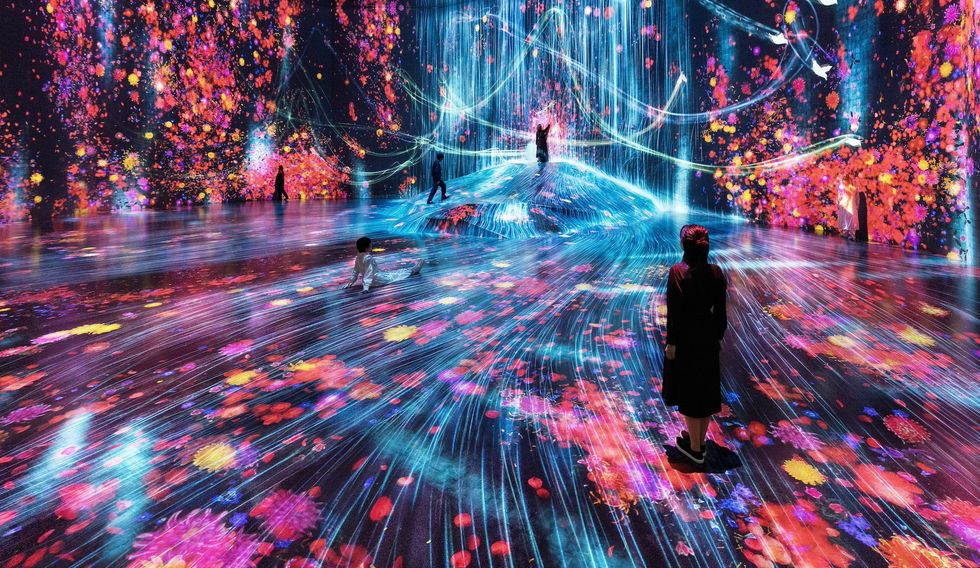
The Hamburg exhibition aims to break records, with Hinrichs referring to two teamLab venues in Tokyo setting the Guinness World Record for the world’s most visited museum dedicated to a single group or artist. This means that teamLab welcomes more visitors than institutions like Amsterdam’s Van Gogh Museum.
teamLab Planets in Tokyo set the record after attracting 2,504,264 visitors from 1 April 2023 until 31 March 2024. teamLab Borderless, also in Tokyo, set the previous record in 2019. Opened as a permanent space in 2018, teamLab Borderless welcomed a record 2,198,284 visitors between 1 January and 31 December 2019.
“Having the first permanent teamLab exhibition in Europe; hopefully, we will also add something to this world record,” Hinrichs says. “We think [the teamLab concept] can translate to Europe because 80 percent of the visitors are foreigners, tourists. Perhaps this is a good base for bringing this to Europe.”
teamLab Borderless: no boundaries
Tokyo’s teamLab Borderless reopened in February 2024 in its new home at Azabudai Hills. One of the exhibits unveiled for the first time, Bubble Universe, features illuminated and reflective spheres. Another new space, Dark Crystal Formation, features Life is an Ephemeral Light that Blooms in the Dark, showcasing flowers that grow, bud, blossom, and then die, and Black Waves, which explores the interconnectedness of all oceans.
“Physical media is no longer the limit,” teamLab said. “Digital technology has made it possible for artworks to expand physically. Art created using digital technology can easily expand.”
teamLab’s communication director Takashi Kudo told blooloop: “There is no border between the art. There are no boundaries between the artworks and visitors. The visitors’ existence is one with the artworks.
“In its new iteration of teamLab Borderless, there are more artworks and, therefore, more experience. Beyond that, it is more… Borderless.”
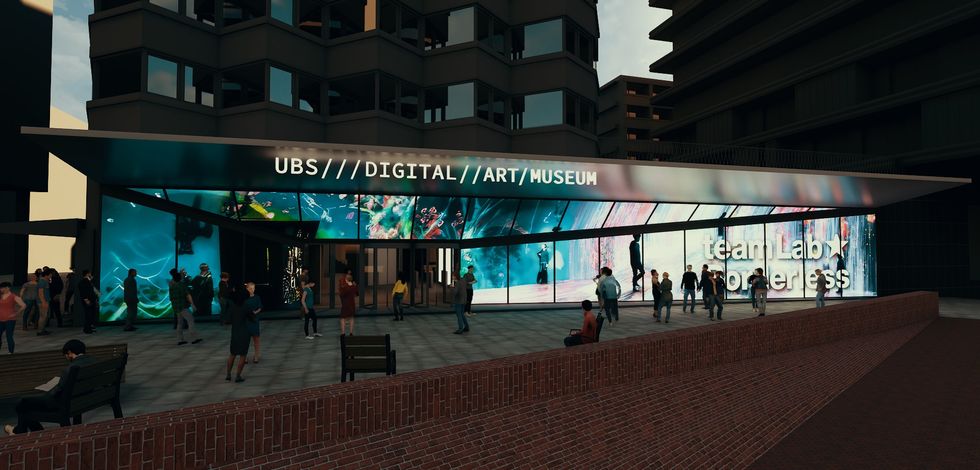
teamLab is an interdisciplinary group of artists, programmers and engineers, as well as CG animators, mathematicians, and architects. It creates works that explore the relationship between the self and the world, asking questions about the nature of perception.
Hinrichs says: “teamLab Borderless is an immersive experience that includes touch, sound, scent and taste. This is, for me, immersive art. It touches everything, and everything changes in real-time. You, as the visitor, become part of the art. It uses outstanding state-of-the-art technology and, compared to other exhibitions, is truly immersive. The rooms are specially designed for different artworks. They are different from some other venues, because they are highly interactive and technologically cutting-edge instead of, for example, mostly visually reproducing existing art.
“The concept that the artworks influence each other and that the museum experience will always be different is absolutely amazing.”
Making immersive art accessible
Toshiyuki Inoko, founder of teamLab, says: “teamLab Borderless is based on the concept that everything exists in a borderless continuity. We want to create the notion of ‘beautiful’ in which the various artworks relate to each other and are continuous without boundaries.”
In other words, teamLab’s Borderless experience is a world of artworks without boundaries. These works move in and out of rooms, communicate with each other, influence each other, and sometimes intermingle, all to form one borderless world. Visitors also influence the artworks and can interact with the installation.
teamLab will serve as the centrepiece of the UBS Digital Art Museum. However, there could be collaborations with other digital artists and groups on view. These would be in a separate venue in close proximity to the main exhibition, Hinrichs tells us.
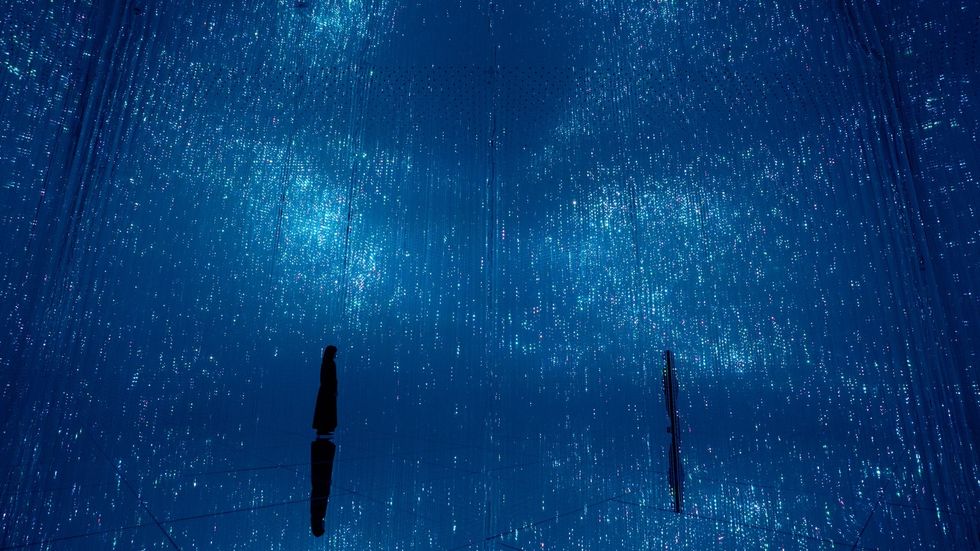
“teamLab is the core of the exhibition. I would say 90 percent is teamLab. But we also have a room where we display different digital artists,” he says. “We’re speaking with some of the most high profile digital artists worldwide and are overwhelmed by the interest and positive feedback to the concept. We want to be more than just teamLab, which is why we are USB Digital Art Museum and not teamLab. But of course, teamLab is the core.”
Immersive art remains a growing trend in the attractions industry, with other groups such as Meow Wolf and Culturespaces fusing either art and technology or art and entertainment. In recent years, the attractions sector has shifted towards immersive art and the blending of culture and entertainment. These spaces recontextualise art and connect it to people in new ways. Digital art will continue to expand across the globe, Hinrichs predicts.
“Given that teamLab is not just in Tokyo, it’s twice in Tokyo, and in Beijing, Singapore, Jeddah, and soon Abu Dhabi, I would say this is not a short-term trend. It’s really an independent development of art,” he says.
Immersive art: a major trend
“When it comes to immersive art, we have to differentiate between teamLab and others because teamLab really touches all of the senses. If you dive into art as a visitor with all of your senses, it is a completely new, different level.”
He adds, “This is a new epoch of art, and it’s going to be bigger and bigger every year. I think the entire market is over $100 billion already. It is a new experience for people. Consider what happened when street art or Pop art came up. People said, ‘This is not art; this is a phase or a short-term trend.'
"This is happening again with digital art, which I think will be a major trend. We are still at the very beginning.”
The immersive entertainment market worldwide in 2030 is estimated to be worth more than $400bn, according to Grand View Research. What percentage of that comprises the immersive art market is unknown, but it is also growing, Ed Rodley, co-founder and principal of the Experience Alchemists, wrote for blooloop.
One of blooloop’s top trends for 2025, immersive technologies such as AR, holograms, LED screens, AV tools and projection mapping are increasingly used in attractions to surround visitors in magical worlds. teamLab is a trailblazer in this space. As a “personal passion project” for Hinrichs, an active investor in pioneering technologies, the new destination will be high-tech:
“We're also having a media facade of 180 square metres as an entrance. It's bigger than some of the artworks at Piccadilly, which is only advertising. This is a statement for me that the project is radical, big, exciting and new. It’s also shown in the partners we have, like UBS, who think that it's going to be a very big thing and are also bringing the latest technologies into the museum. We have a few more partners in the pipeline.”
Hinrichs adds: “We are actually selling tickets and see that the demand is not just from Hamburg or Germany. We’re focusing right now on Hamburg and making it a success, but if it works, why not think further.”
"A relevant institution for digital art"
He says, however, that Europe “is really different… we have different regulations and building requirements. So, it’s different to anything being done in the Middle East or Asia”.
The UBS Digital Art Museum developers located and purchased the ideal location for it in Hamburg’s HafenCity, a quarter in the borough of Hamburg-Mitte, in December 2022.
Ground was broken on the UBS Digital Art Museum in April 2023. The foundations were laid, and the construction site was handed over to the general contractor, MBN, in September of the same year. In November 2023, MBN started constructing the basic structures of the building.
The shell was completed in October 2024. Hinrichs reveals the museum will be “ready for the public in spring 2026” after the fit-out and technology installation.
“We are now in the fit-out stage. This means the complete construction and technology will be ready at the end of 2025. teamLab will also be on site to finalise and bring to life the exhibition before the museum's doors open in spring 2026," Hinrichs says.
"Our work on the project includes, in addition to building the museum, putting in several hundred projectors, as well as hardware and installations. It is insanely expensive."
Fans of digital art should grab their tickets now, he adds. “We are selling tickets already to the first people who will visit the museum. Like with teamLab in Asia, I think we will be sold out weeks in advance. So, buying a ticket now is a good investment.”
UBS Art Museum set for 2026 launch
Hinrichs says: “We want to create the most relevant platform for digital and immersive art. This is where our mind is. We don’t just want to take over an exhibition that is super successful in Asia. We really want to become the place to be when it comes to digital art in Europe.
“I think it will be an outstanding project, not just for Hamburg, but for Germany and Europe.”
Lead image credit: teamLab, Forest of Resonating Lamps – One Stroke, Fire. Courtesy teamLab Borderless Jeddah © teamLab


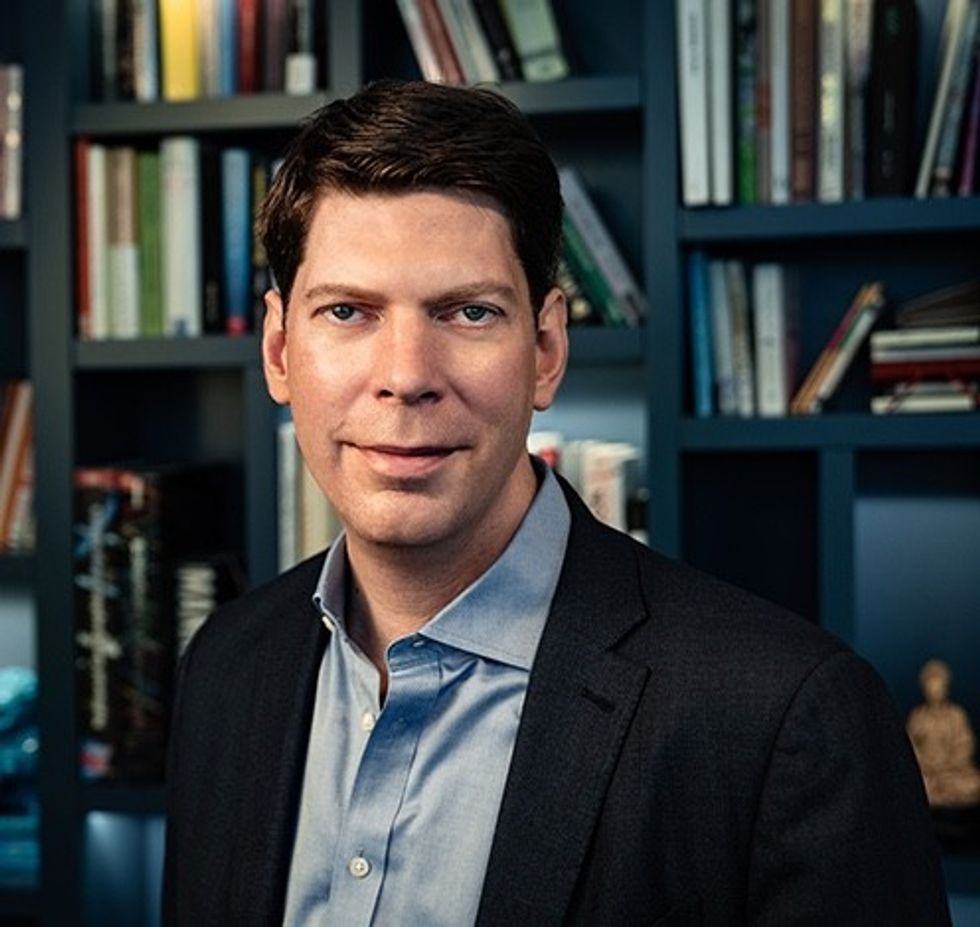
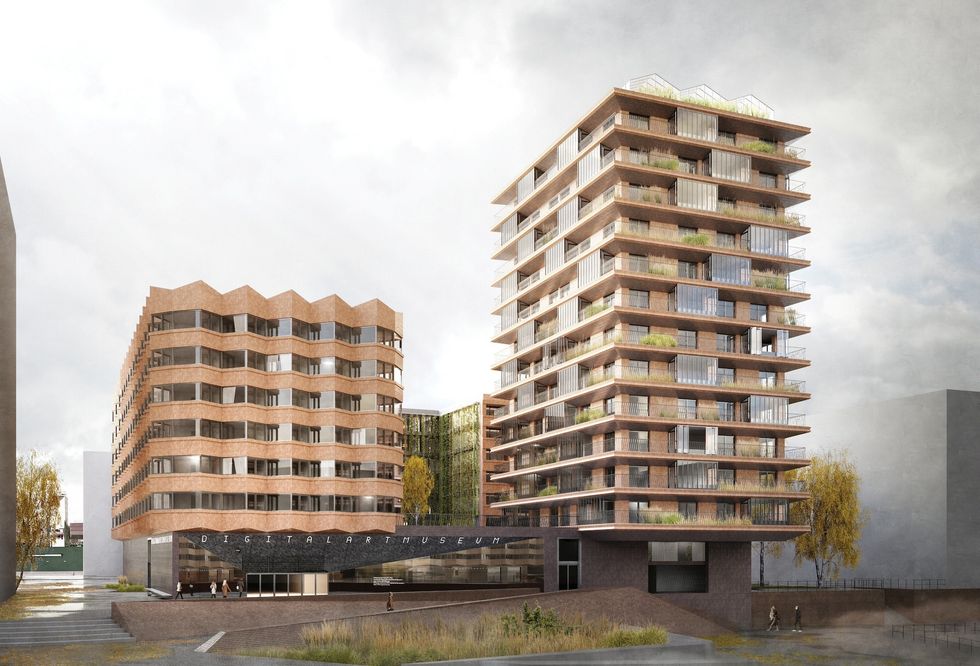
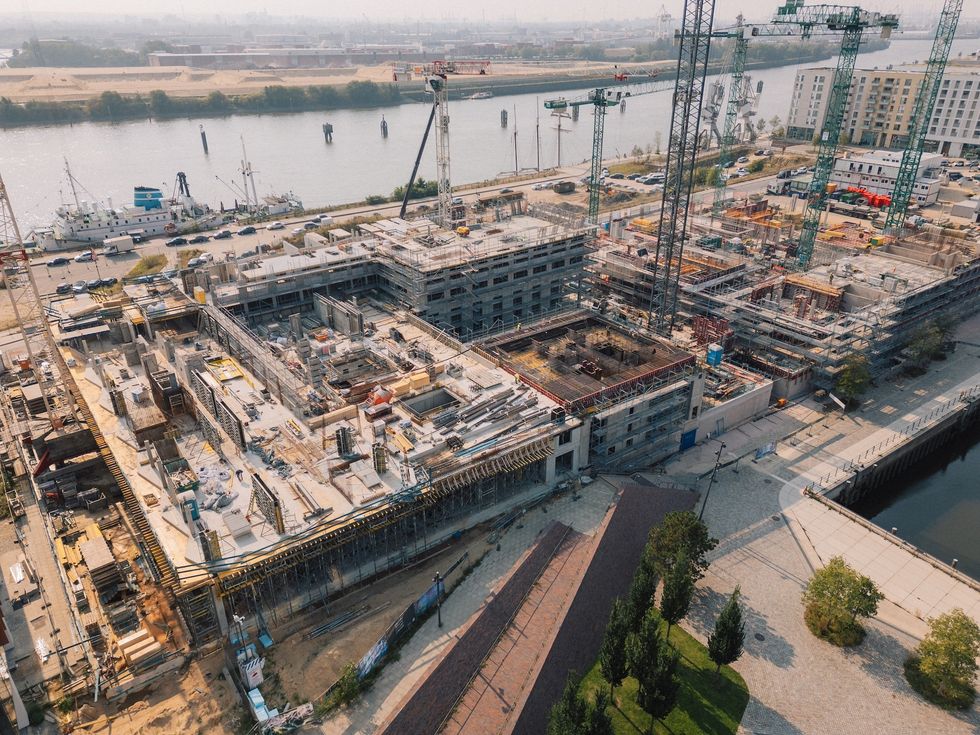

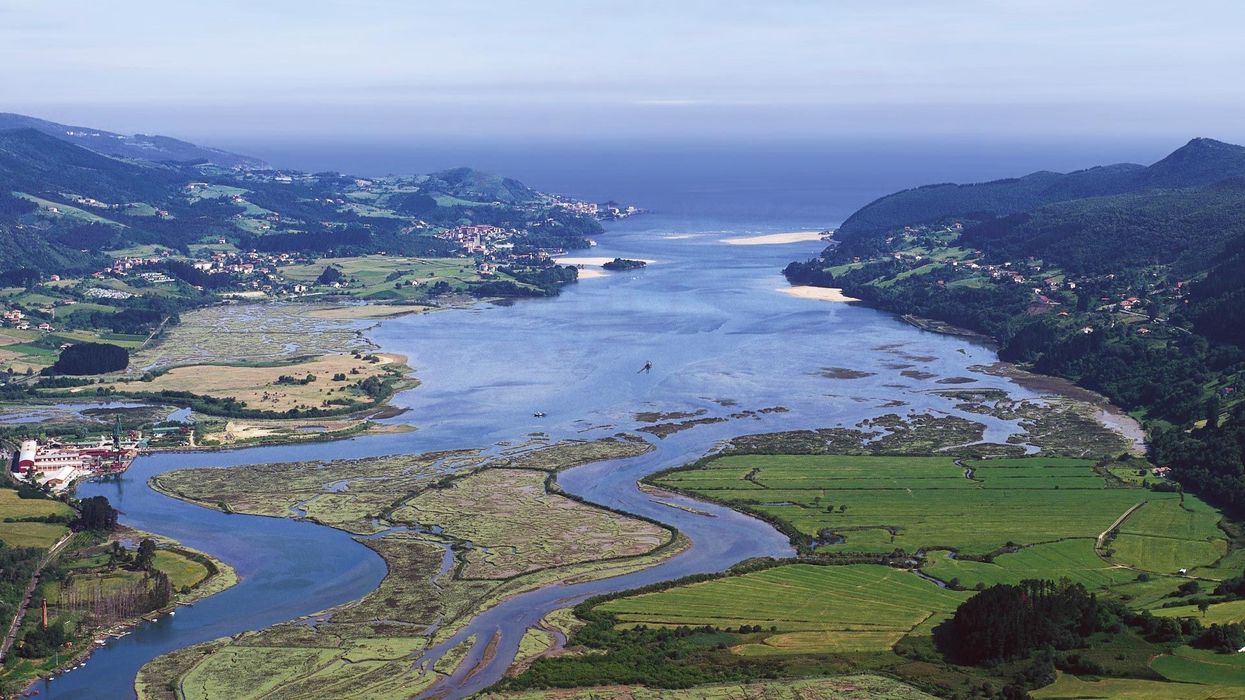
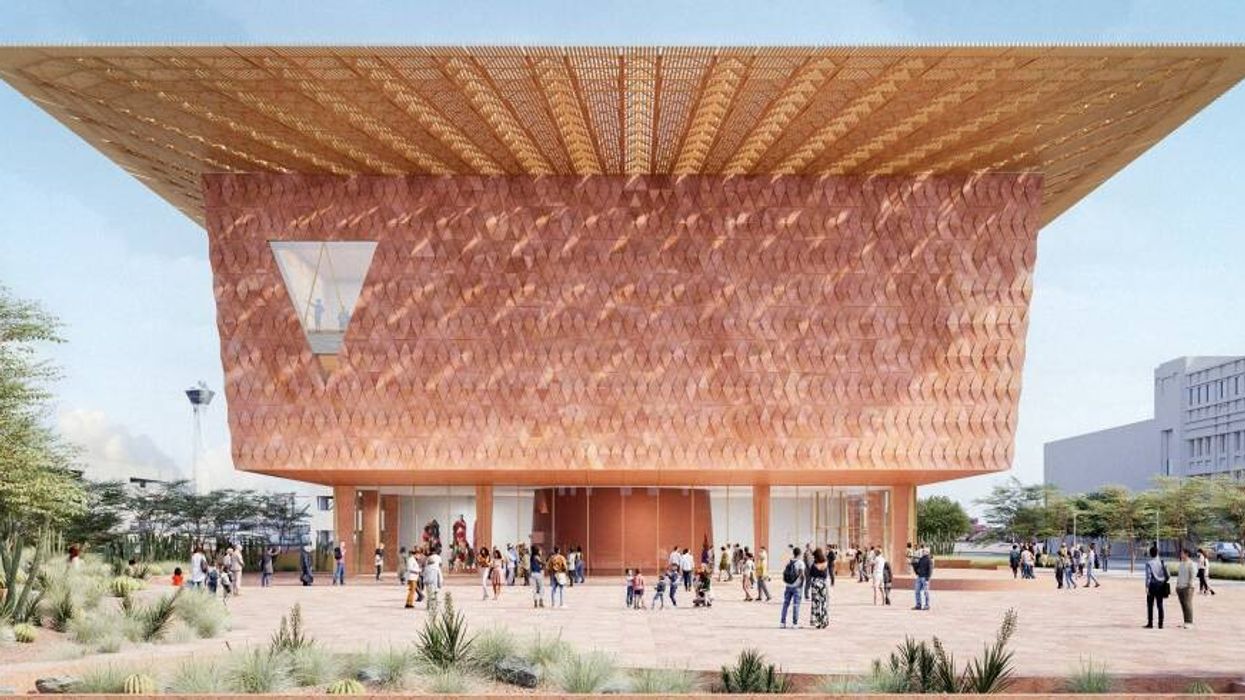
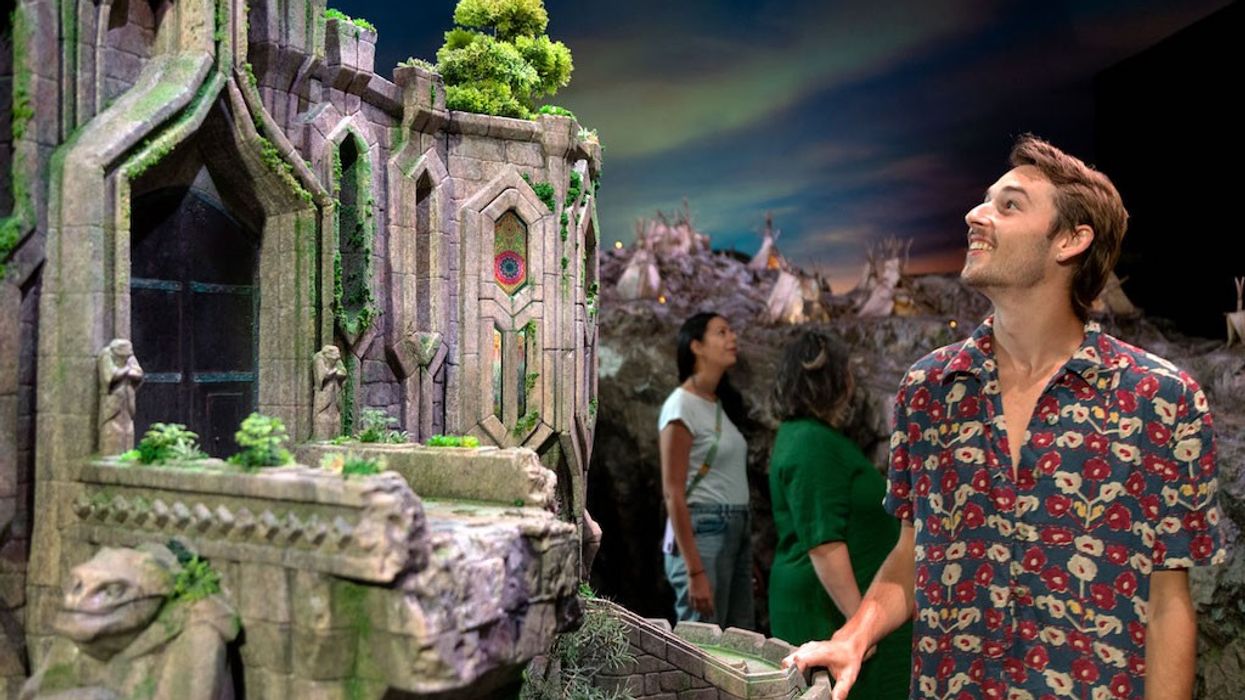

 TM Lim and Adam Wales
TM Lim and Adam Wales



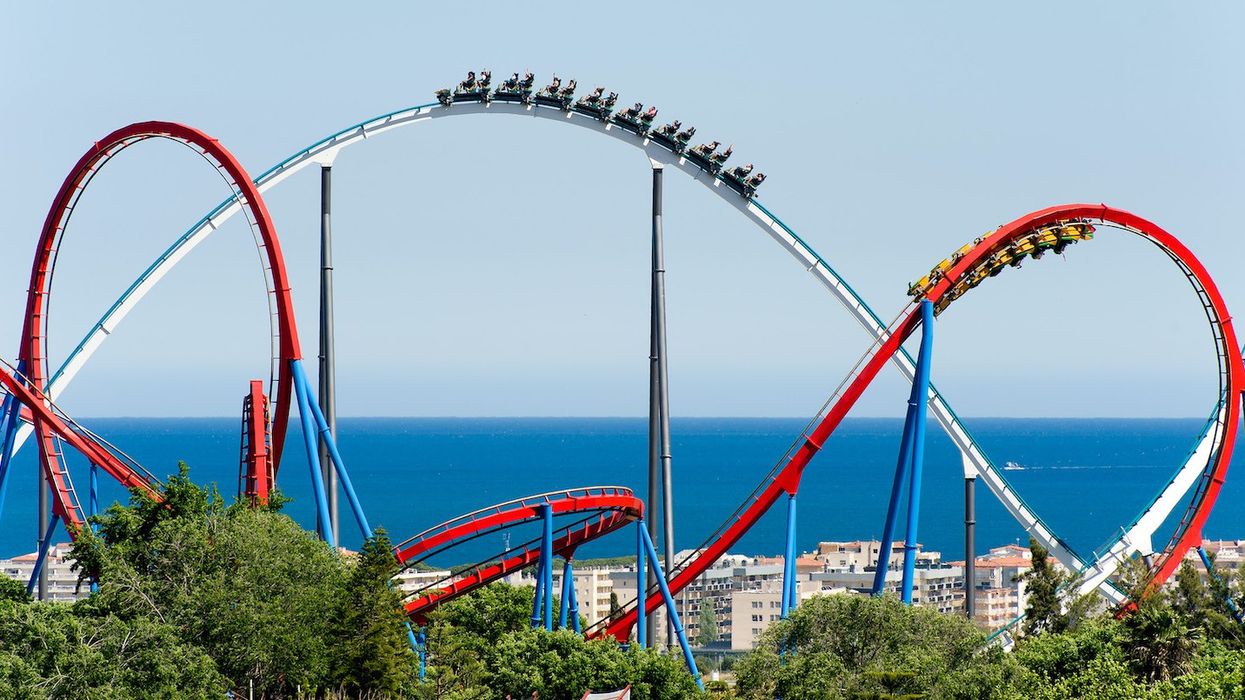



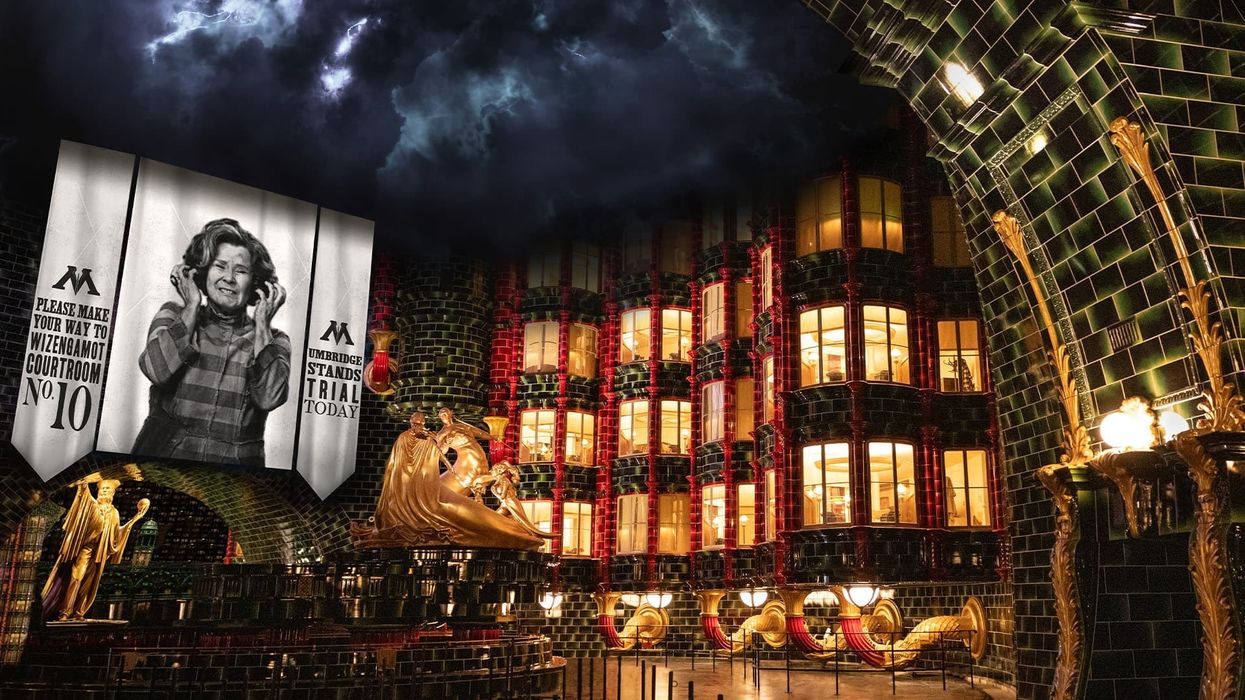

 Toby Harris
Toby Harris Hijingo
Hijingo Flight Club, Washington D.C.
Flight Club, Washington D.C.
 Flight Club Philadelphia
Flight Club Philadelphia Flight Club Philadelphia
Flight Club Philadelphia Bounce
Bounce Hijingo
Hijingo Bounce
Bounce
 Fernando Eiroa
Fernando Eiroa











 Nickelodeon Land at Parque de Atracciones de Madrid
Nickelodeon Land at Parque de Atracciones de Madrid Raging Waters
Raging Waters  Mirabilandia's iSpeed coaster
Mirabilandia's iSpeed coaster Parque de Atracciones de Madrid
Parque de Atracciones de Madrid Ferracci at the ribbon-cutting ceremony for Nickelodeon Land at Mirabilandia, with (left) Marie Marks, senior VP of global experiences for Paramount and (cutting the ribbon) Sabrina Mangina, GM at Mirabilandia
Ferracci at the ribbon-cutting ceremony for Nickelodeon Land at Mirabilandia, with (left) Marie Marks, senior VP of global experiences for Paramount and (cutting the ribbon) Sabrina Mangina, GM at Mirabilandia Tropical Islands OHANA hotel
Tropical Islands OHANA hotel Elephants at Blackpool Zoo
Elephants at Blackpool Zoo  Tusenfryd
Tusenfryd
 Andrew Thomas, Jason Aldous and Rik Athorne
Andrew Thomas, Jason Aldous and Rik Athorne







